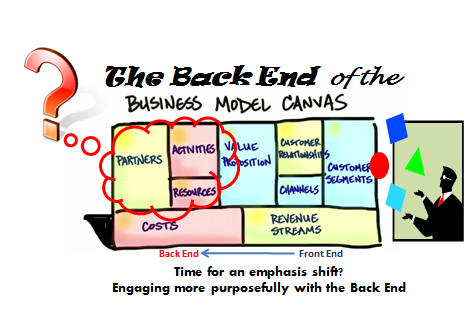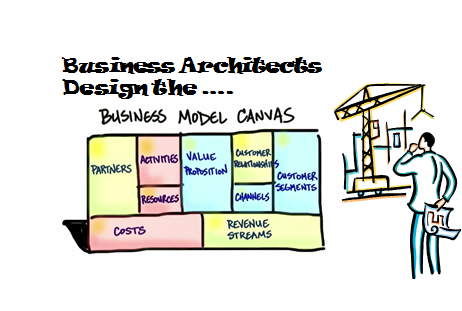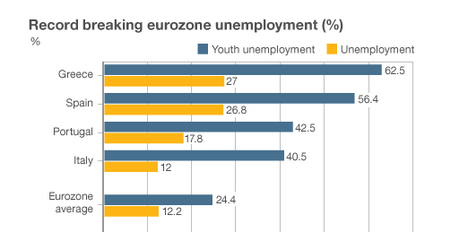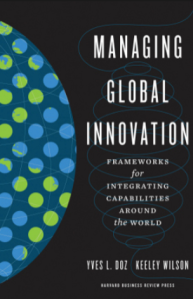Most of our existing organizations are searching for the mechanisms to reinvent their business models, through identifying, designing and executing differently from the existing ones, where they tend to simply be ‘locking themselves into’ repeating patterns, possibly opening themselves up to new forces of disruption.
There is a sense of urgency that is growing at the corporate level, to master this ability to design different business models and then set about executing them, to combat the multiple ‘disruptive forces’ swirling around in the present and near-term business environment.
Reinventing the Business model is such a big ask in the complexities to overcome, the legacies, the vested interests, the distribution of created wealth (dividends, bonuses, performance) are all ‘locked into’ the existing business. Many of those necessary bolder decisions get caught up in horrible compromise. Parallel managing is both an art and a science but it always needs clarity.
Addressing the current dilemma within business models
So we have a classic dilemma, we need to manage and extract as much as we can from the existing business but simultaneously begin to reinvent, to design something different. Continue reading “The Age of Large Business Model Reinvention”





